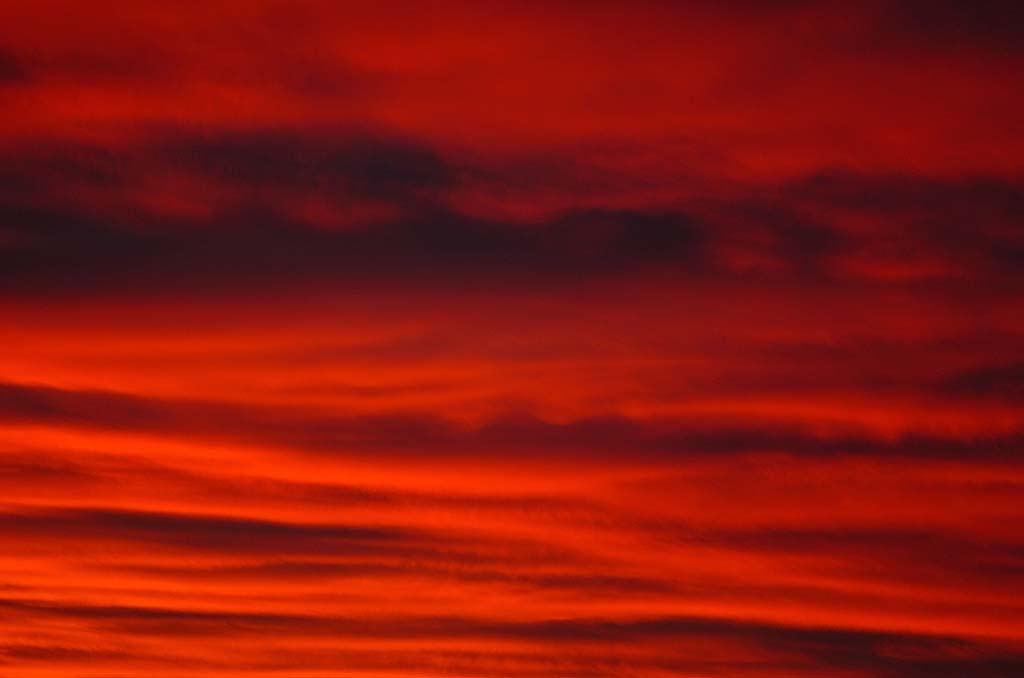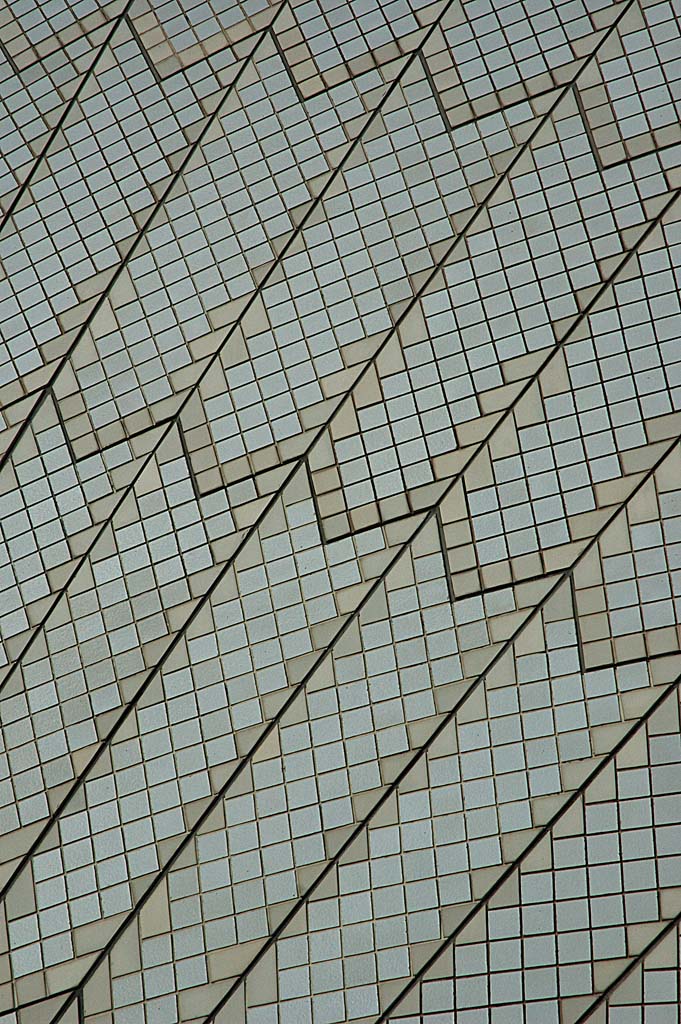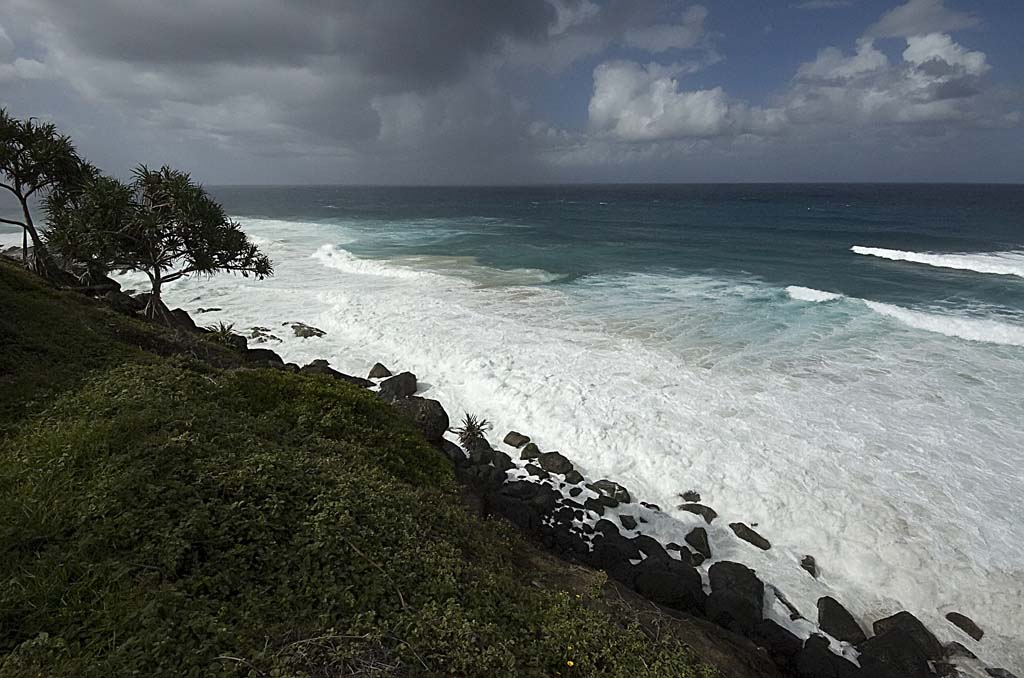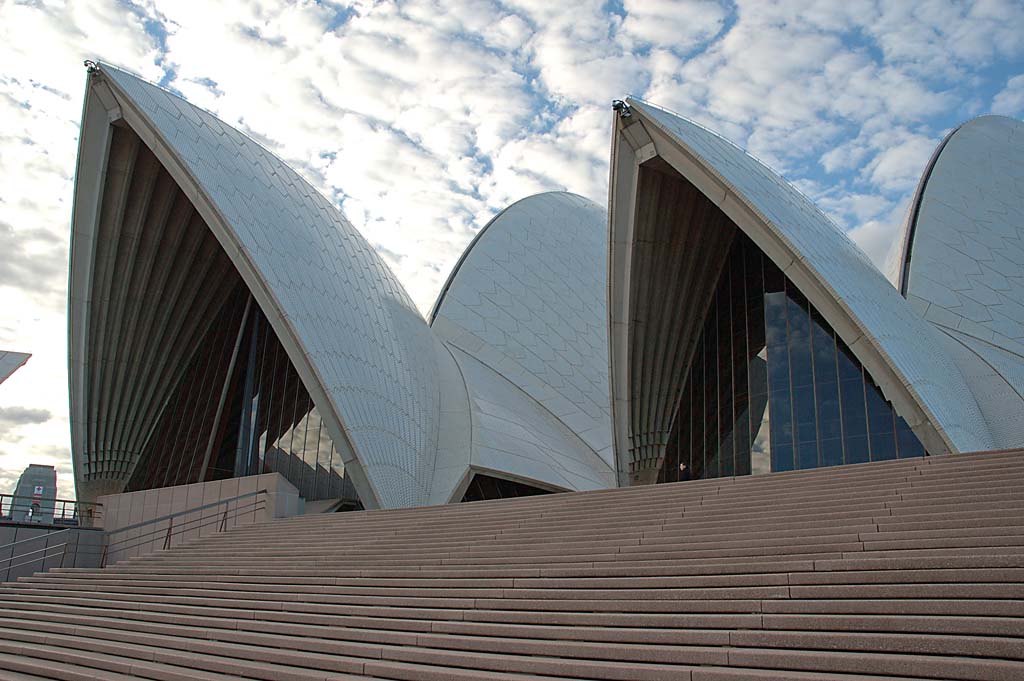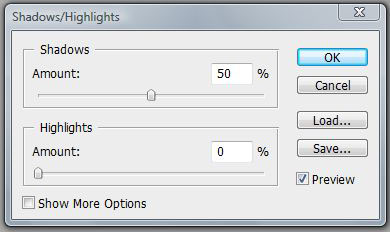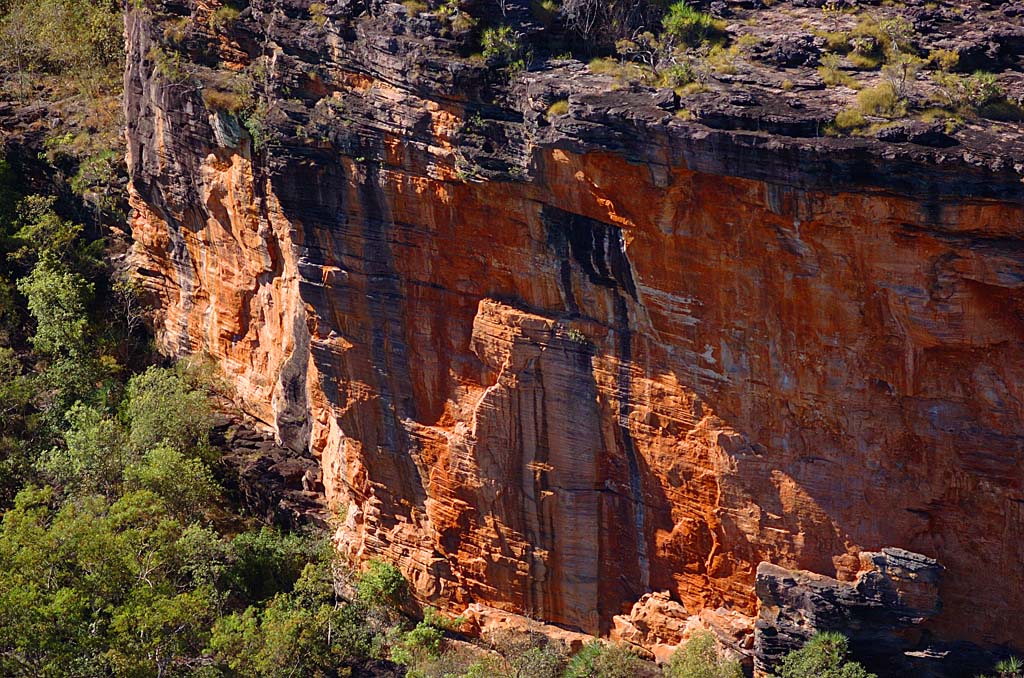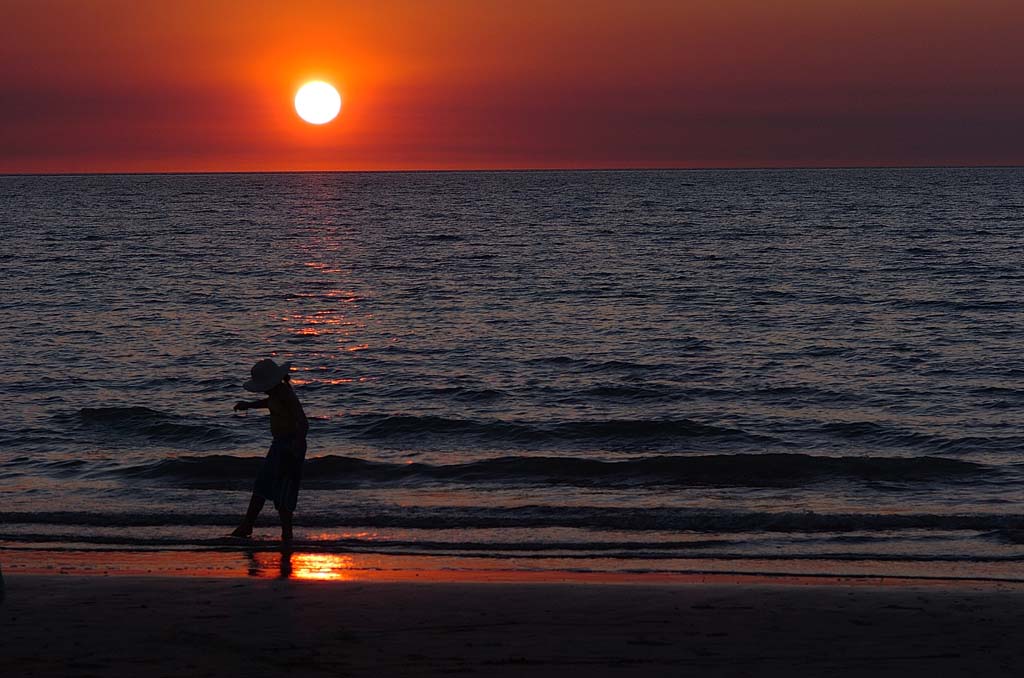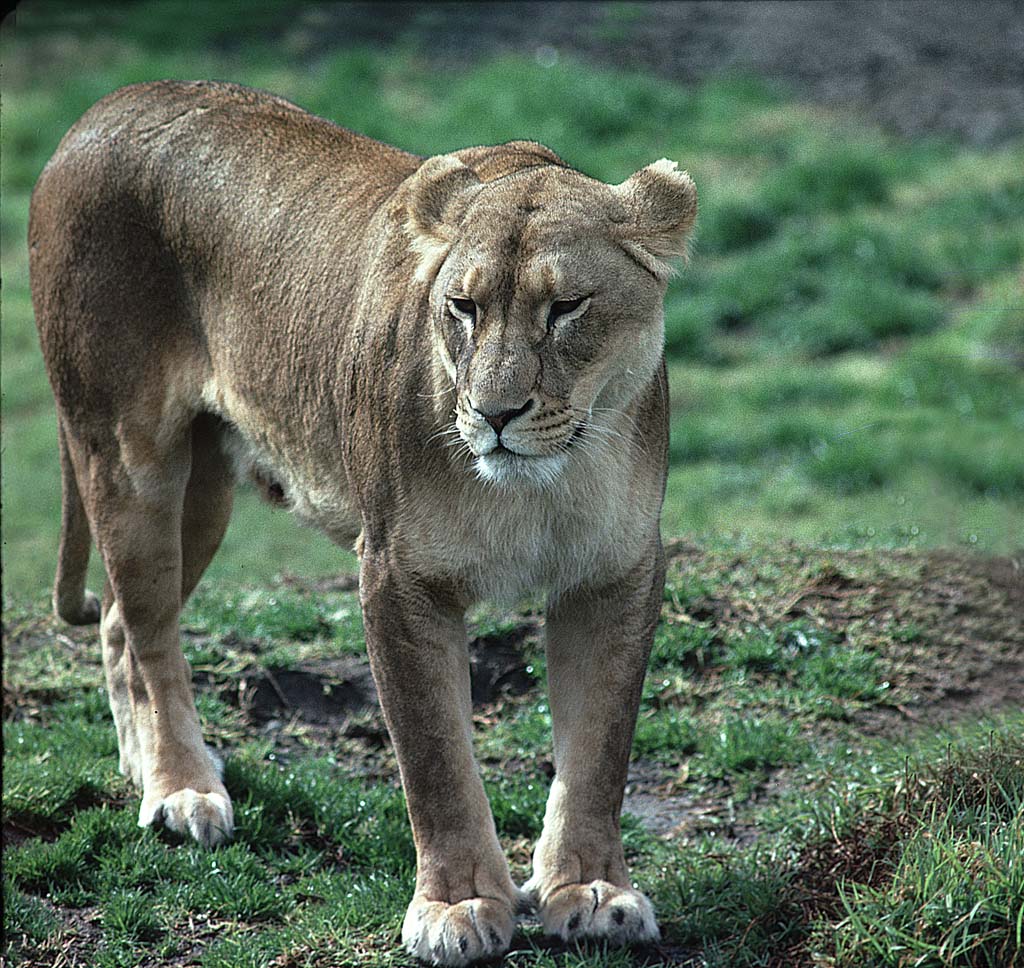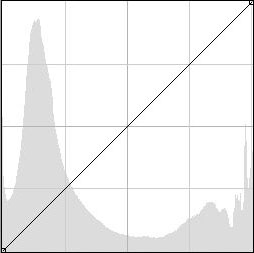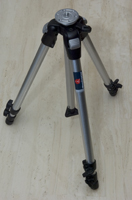Interesting nature patterns can be discovered by getting extremely close to objects such as leaves, floers etc., to see the close up structure and texture of the objects. We have an interesting article in our Principals section found on the right hand side on macro photography.
Patterns in Composition
An important photographic tool is composition, which is used to present a worthwhile subject in the most effective way. Many types of patterns can be legitimate targets for pattern images. The following image is an example of a subject which can be illustrated by strong patterns and also with strong diagonal lines across the image.
Diagonal Lines
Diagonal lines in images are essentially straight lines that run from one corner of the image to the opposite corner. Diagonal lines are often useful if objects are included on the diagonal lines it can give the image a sensation of sliding and moving. The diagonal line can be a most dynamic type of composition.
Protecting Your Images
Your hard drive has crashed, are your images safe, well I hope so, if you have backed them up. Keeping up to date duplicates of all your important pictures is one of the smartest things you can do.
Keeping all your files organised is one of the first steps to successfully backing up all your images. Keep the one location on your computer where all the files are organised.
Camera Shooting Modes
Many cameras will offer a range of shooting modes to select from as follows. Single Frame Mode, Continuous Low Speed Mode, Continuous high speed mode, Self Timer Mode, Mirror Up Mode, Live View Mode.
Architecture Photography
Architecture can cover both the exterior and interior of buildings. With tall buildings care needs to be taken that the camera is held parallel to the sides of the building to ensure that the building does not have a lean, however this type of perspective distortion can be corrected in Photoshop. Also perspective control lenses are available for some cameras to overcome this type of distortion.
Camera Light Metering Mode Settings For Quality Images
Generally with modern cameras several exposure metering modes are available to select from. The metering is initiated by the half press of the shutter realease button. Metering Modes In most cameras the following modes may be available. Color Matrix Metering In this mode metering can be performed by a sensor with up to 1,000 pixels… Continue reading Camera Light Metering Mode Settings For Quality Images
The Golden Section
It is an old tradition of composition that the Golden Section or the Golden Mean is a particularly pleasing ratio which has been used extensively since the Middle Ages by both architects and painters. In mathematical terms the Golden Section is defined such that, a line of a given length is divided into two unequal… Continue reading The Golden Section
Shadows and Highlights Restoration
Current photography software offers great options for the restoration of of the shadow and highlight detail in photographic images.
These adjustments can give a great improvement to an image by allowing you to show much more detail in the shadow areas and the highlight areas of the image.
Aerial Photography
In general for aerial images, there are several main factors to be aware of. When taking images through the windows of aircraft the window material appears to be very dense and of poor optical quality, the images will loose quite a lot of contrast, however this can be overcome with digital images to some extent by post processing in Photoshop and giving the contrast a boost.
Animal Photography
With domestic animals or animals in the zoo, the photographer generally has the confidence of the animal and a lens in the range of 50-200 mm may be sufficient.
When animals are in cages a very large aperture should be tried to give a very low depth of field, as this may help to give a blurred background to reduce any interference such as cages or other intrusive objects.
Digital Photography
Digital photography is unlimited. With film we were limited by the chemical processes which were used. Now we use many different software packages to process our digital files and we are virtually unlimited in what we can do in Photoshop and other software packages.
With digital we now have many variables, shutter speed, aperture, ISO, white balance, sharpness, contrast, saturation and custom curves for some of the more sophisticated cameras.
Film Photography
Film appears to be very limited compared to digital, once a certain ISO speed film and color temperature film is in the camera, we can only modify certain of the film characteristics by using filters, whereas with digital these limits do not apply. Film has the capability to capture superb highly saturated images.
However, film has been with us for many years and it produces excellent results with extremely high resolution compared to digital cameras. One can only guess how much longer film will be available.
Black and White Photography
Black and white photography may be regarded as abstract photography as the image is not a true representarion of the original scene. A good black and white image will be expected to contain the full range of tones from complete black to complete white.
There are two methods of getting a black and white image. Firstly through the process of capturing the image in camera from a black and white film, this method has proven itself over many years of development. Secondly an image can be captured digitally and then processed to discard all the color information.
Dynamic Range
The Dynamic range of a camera can be defined as the ratio between the maximum and minimum light intensities from the sensor. The maximum ligjht intensity representing white and the minimum light intensity representing black. The dynamic range can be measured in f-stops to describe the overall light range available, summing up it is the… Continue reading Dynamic Range
Digital Camera Sensors
Image sensors are the heart of the digital camera, if comparing to a film camera the image sensor is the equivalent to the film.
When purchasing a camera the sales person will most likely try to sell a camera based on the number of Megapixels in the cameras sensor, but this is only part of the story. A more important issue is how large is the sensor and how large are the pixels on the sensor.
Exposure Value
Most modern cameras and light meters measure the photons of light reflected from the subject in terms of Exposure Value (EV). The greater the number of photons received, the greater the electricity that is produced by the light meter. International standards specify how much light received equals a certain EV number.
Long Exposures
Long ExposuresLong exposure photography is generally refered to when the photographer uses shutter speeds greater than can be hand held and still get sharp images. There are several options to turn to when this occurs.
Image Stabilization or Vibration Reduction which is built into some lenses, will assist in allowing the use of longer exposure times, in some circumstances this can be by the equivalent of three to four stops. This means that a shutter speed which would normally 1/100 of a second hand held could be extended to possibly 1/10 or 1/5 of a second, using one of these lenses. Image stabilization lenses compensate for the movement of the camera and lens by moving an element inside the lens to stabilize for any movement of the image at the sensor plane. Image stabilization or vibration reduction can be very usefull in longer lenses from 100mm and upwards.
White Balance and Color Temperature
The reason we need to adjust the colors reorded by the camera is because the scene we are photographing may be lit by different light sources and the variation in light sources may cause a color cast in the final image, the color cast which a light source may exhibit is determined by the color temperature of the light ce. The unit of measurement for color temperature is Kelvin (K).
Photographic Exposure
With any camera the digital sensor or film needs to receive the correct amount of light for the final image to be correctly balanced in respect to the intensity of the light and the colors and tone of the image. If the sensor receives too much light the image will be washed out and light toned, if the image receives insufficient light the image will be too dark and may appear muddy. If the images receives the correct amount of light the images will be well balanced in respect to colours and tone.

